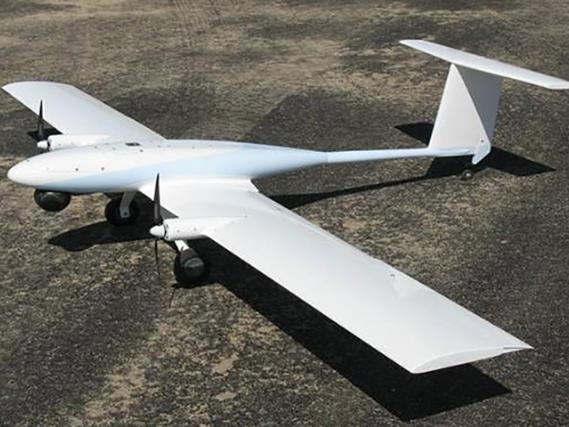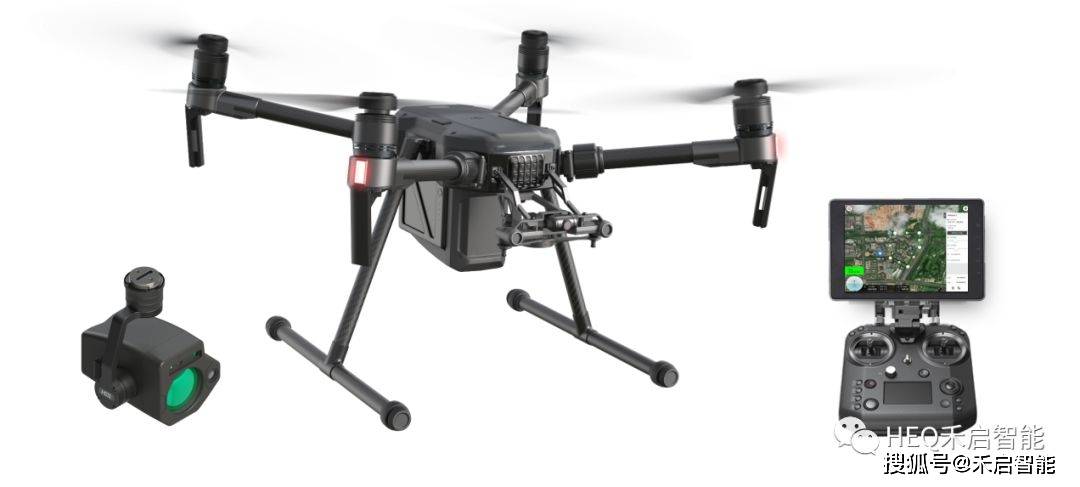In recent years, the evolution of drones with camera and GPS systems has transformed the way we capture the world. Aerial photography and videography have reached new heights, quite literally, with the advent of these sophisticated flying devices. From capturing breathtaking landscapes to conducting precision inspections, drones are now an indispensable tool for professionals and hobbyists alike. Let’s explore the multifaceted capabilities that these technological marvels offer.
Enhancing Aerial Photography
The integration of high-resolution cameras with drones has empowered photographers to capture striking images from previously inaccessible angles. Whether it’s a vivid sunset on the beach or the intricate patterns of a sprawling cityscape, drones equipped with advanced cameras provide unmatched flexibility and creativity. This capability is particularly valued in industries such as real estate and tourism, where captivating visuals can significantly enhance marketing efforts.
Drones with 4K cameras are now a staple in professional photography kits, offering a dynamic range and clarity that rival traditional ground-based cameras.
Precision and Stability with GPS
GPS technology integrated within drones ensures precise navigation and stability, even in challenging environments. By utilizing GPS, drones can hover in place, follow pre-set routes, and return to their starting point with pinpoint accuracy. This is crucial for applications such as mapping and surveillance, where precision is paramount. A drone’s GPS capabilities can also simplify the process of capturing time-lapse sequences and executing complex flight patterns.
Key Features to Consider
- Battery Life: Longer flight times enable more extensive coverage and exploration.
- Camera Quality: Look for high-resolution options for the best footage.
- GPS Accuracy: Essential for precise operations and safety.
Considering these features can significantly enhance your experience and the results you achieve.
Applications Across Industries
Beyond photography, drones with camera and GPS capabilities serve various industries including construction, environmental monitoring, and law enforcement. In construction, they are used for site surveys and progress tracking, providing real-time data and aerial views that aid in efficient project management. For environmentalists, drones monitor wildlife and habitats, capturing essential data unobtrusively.
Law Enforcement and Emergency Services
The ability to deploy a camera-equipped drone can provide first responders with critical information in emergency situations, ranging from natural disasters to surveillance operations. As drones can cover large areas quickly and with minimal risk, they are vital assets in search and rescue missions.
Drones in Entertainment
On the lighter side, drones have found a place in the entertainment industry, contributing to creative projects ranging from cinematic productions to spectacular light shows. Their mobility and adaptability make them ideal for capturing dynamic scenes and creating visually stunning displays that captivate audiences worldwide.
Challenges and Considerations
While the potential of drones with camera and GPS is vast, users must consider regulatory factors and the need for responsible flying practices. As airspace regulations evolve, staying informed about legal requirements is essential. Additionally, ethical considerations, such as respecting privacy and minimizing environmental impacts, should guide the use of drones.
FAQs on Drones with Camera and GPS
- What is the primary advantage of having GPS in drones?
- GPS provides enhanced navigation accuracy, enabling stable flights and precise positioning for tasks such as mapping and surveying.
- Can drones be used indoors?
- While possible, flying indoors requires careful control and typically limits the GPS functionality. Some drones offer optical and infrared sensors for stable indoor flight.
- How do weather conditions affect drone flights?
- Adverse weather such as heavy winds, rain, or snow can affect flight stability and safety. It is advisable to avoid flying drones in poor weather conditions.


Drones with camera and GPS continue to evolve, offering ever more sophisticated functionalities. As technology advances, the possibilities for their use across various fields seem boundless, making them an exciting area for exploration and innovation.